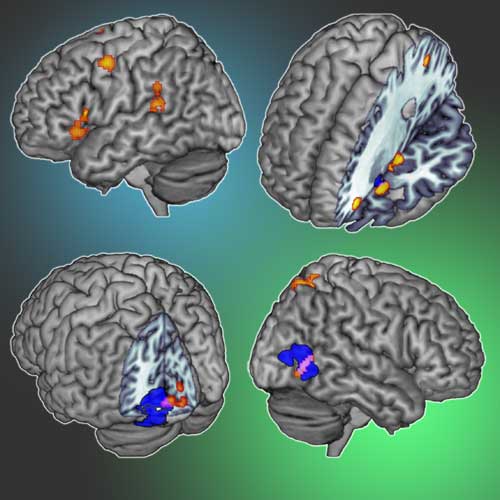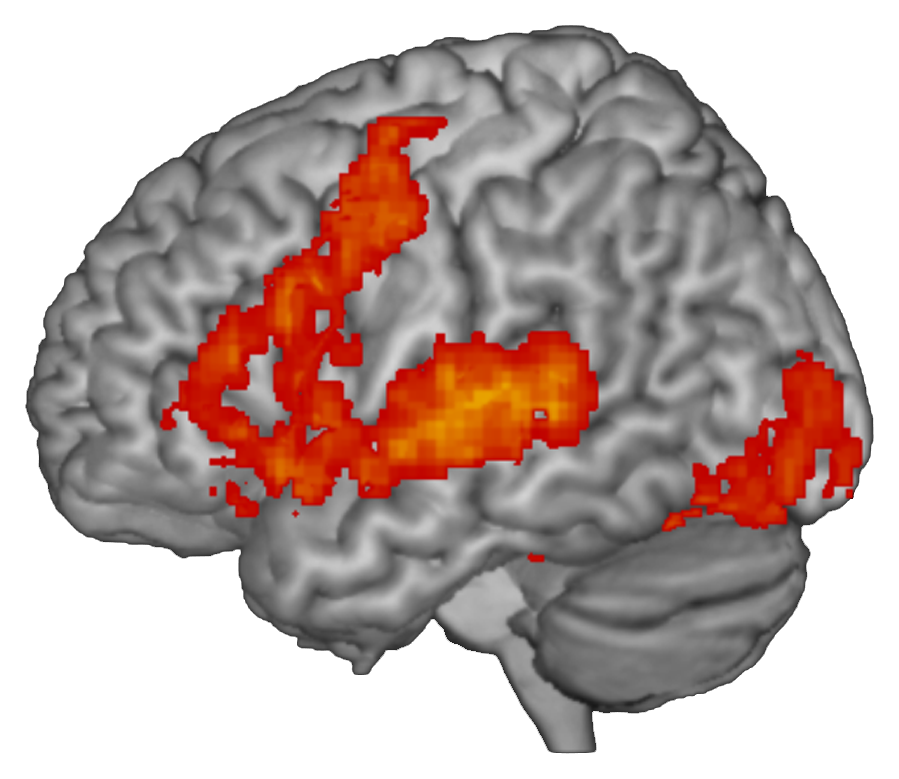
How is the Brain Wired?
Like any network, your brain's wiring determines how neurons communicate with one another. One major scientific project involves mapping these pathways of neural connectivity that allow various brain regions work together to accomplish different mental tasks, including multisensory integration. Because neural connectivity changes over time with development and experience, this knowledge can help us understand how learning shapes the brain.
Importantly, just as experience guides changes to the brain's wiring by promoting the formation and targeted pruning of connections, some learning disabilities and cognitive impairments may arise from disruptions to this process, or the destruction of existing connections. One intriguing possibility is that the work done to identify the neural pathways critical for different mental skills can be used to guide therapies that facilitate the bolstering of those connections.
Explorations of neuroimaging data from resting state MRI scans and cognitive tasks reveal the networks of brain regions that cooperate with one another, and can be used to develop computational models that incorporate biologically-realistic connectivity patterns. Exciting work from our lab has shown how computational models derived from fMRI can simulate cognitive deficits following brain damage. Deep learning models developed to analyze fMRI data have also been found to be almost perfectly accurate at diagnosing developmental learning disorders, such as ADHD and dyslexia.
